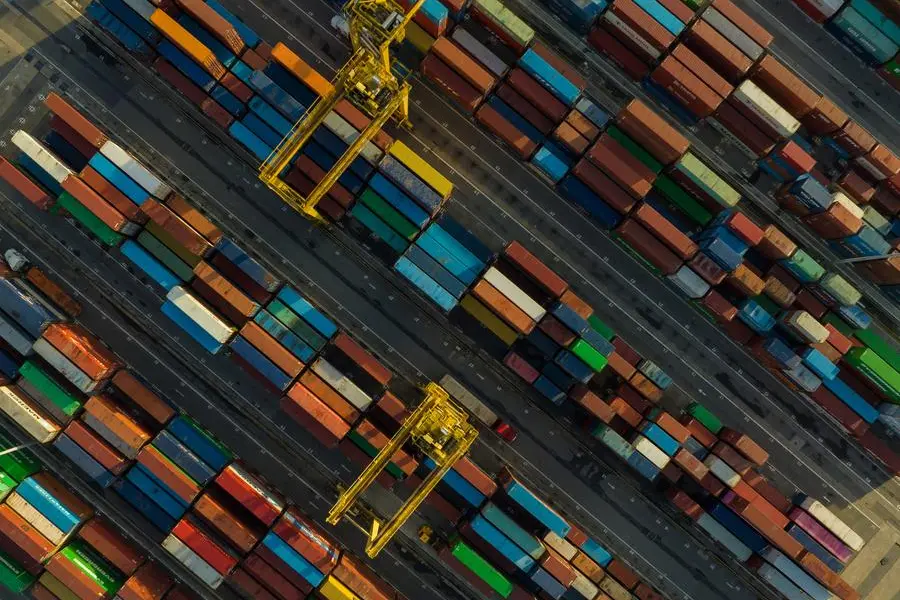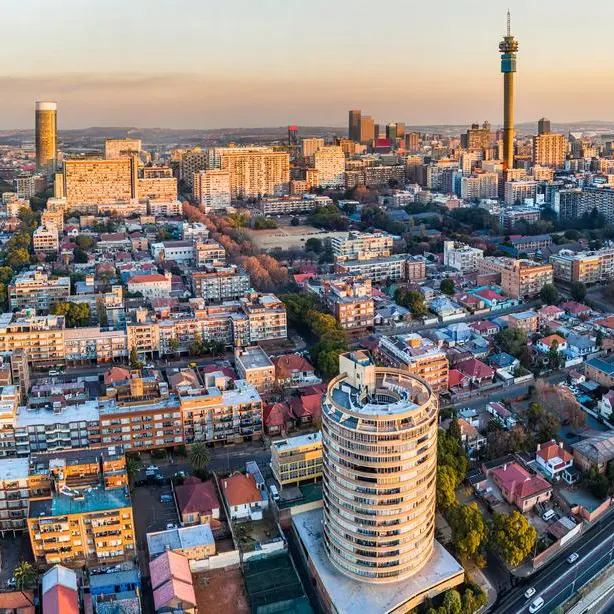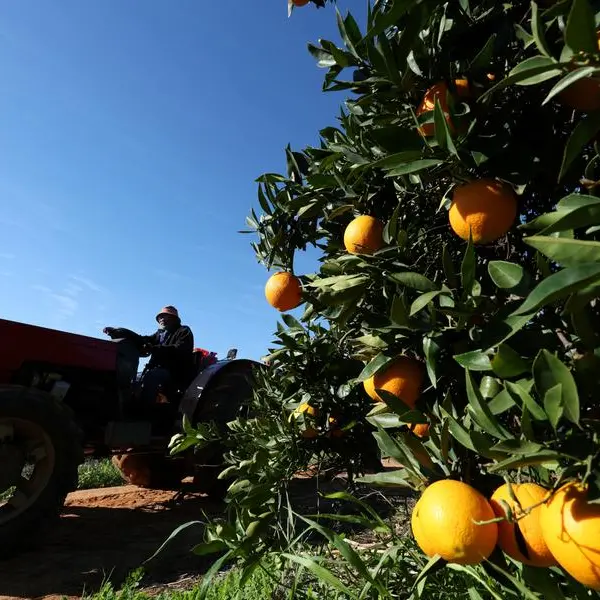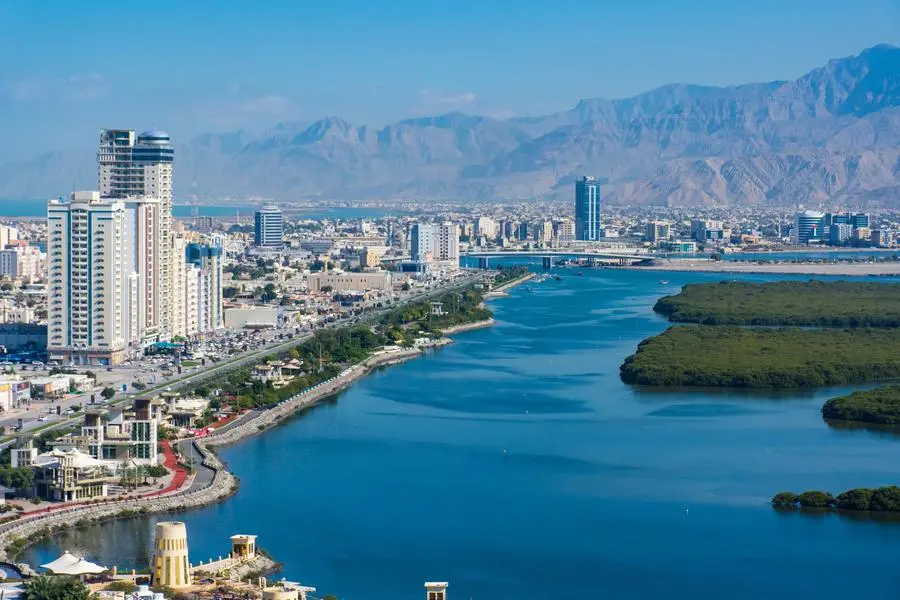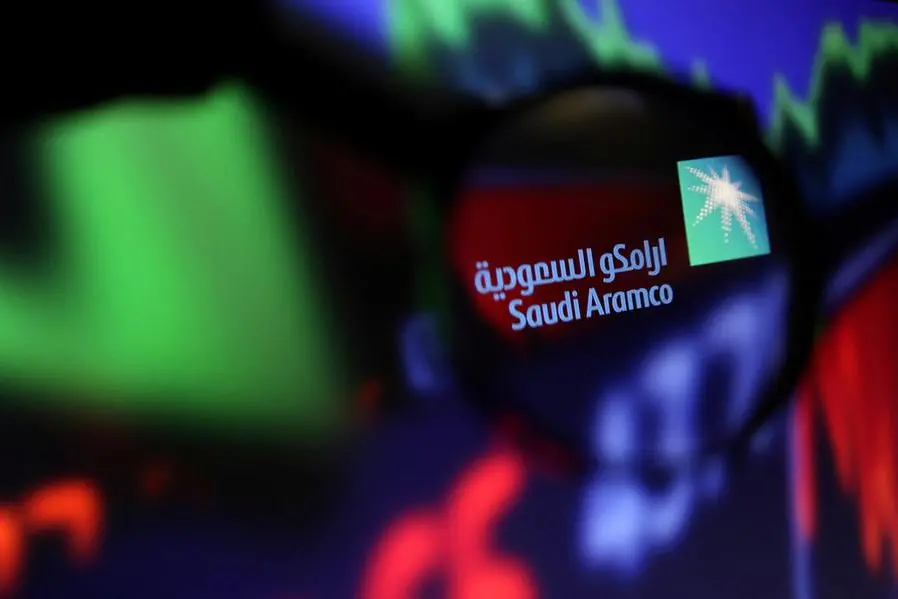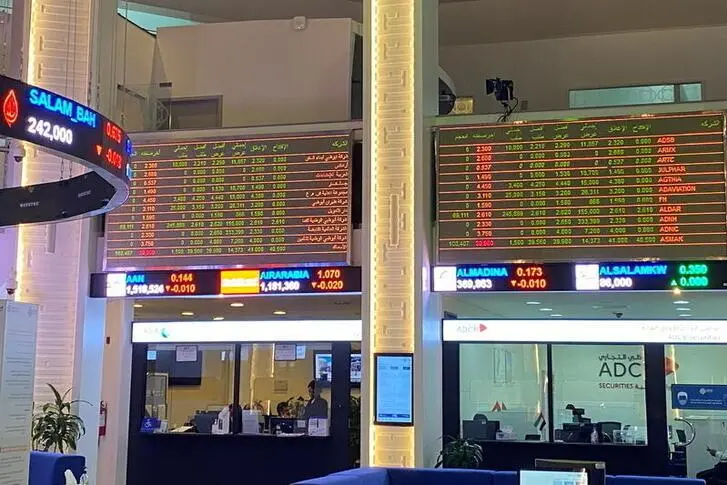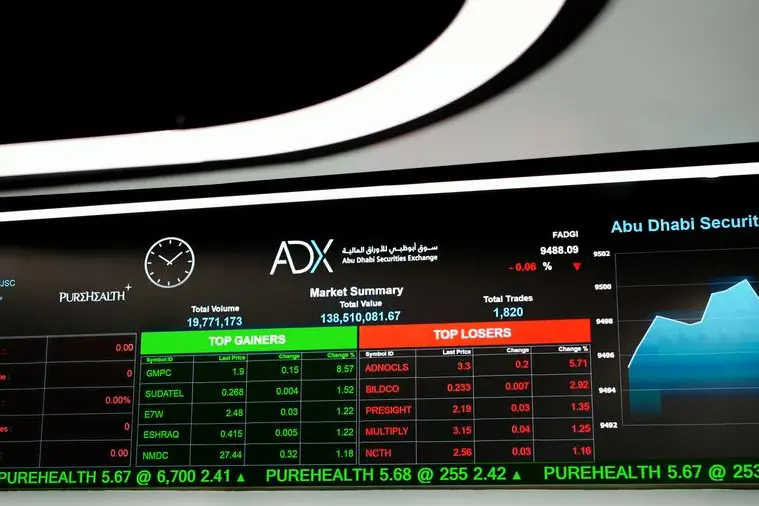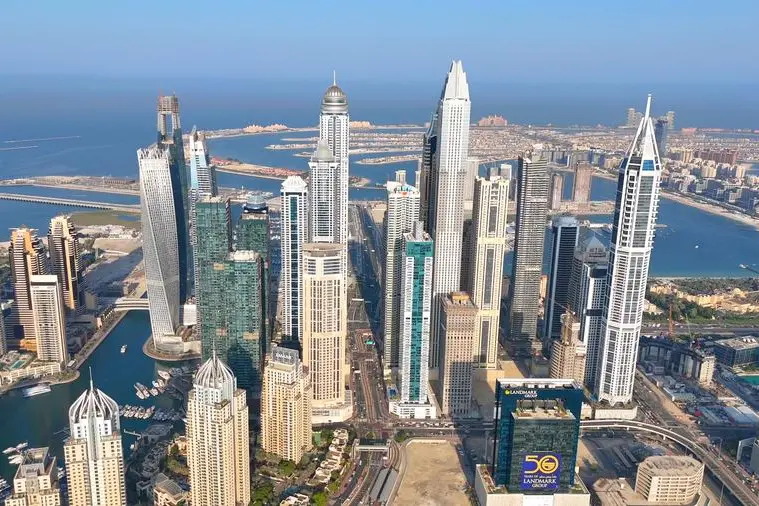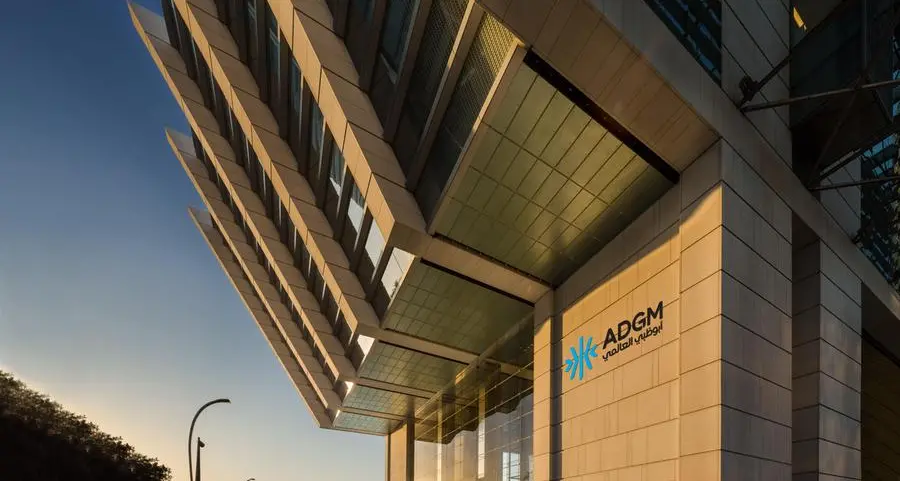PHOTO
Abstract aerial photo of container yard at Da Nang seaport seen from above, Da Nang city. Getty Images Image used for illustrative purpose.
The East African Community (EAC) has recorded subdued growth in trade among its members, weighed down by persistent non-tariff barriers (NTBs), with attention now shifting to trade with global peers.
The EAC Trade and Investment Report 2023 shows the growth rate in the total intra-EAC trade decreased slightly by 0.3 percentage points (30 basis points) to 10.9 percent in 2023 from 11.2 percent in 2022.“Despite achieving the significant integration milestones, intra-EAC trade remained low at 15 percent of EAC total trade in 2023 due to, among others, the imposition of Non-Tariff Barriers (NTBs) by Partner States,” the report states. “Nevertheless, efforts have been put in place to resolve the existing NTBs and encourage Partner States to refrain from imposing new ones in line with the commitment under the EAC Customs Union Protocol. The Secretariat in collaboration with Partner States will endeavour to resolve NTBs immediately as they are imposed.”The volume of EAC’s intra-regional trade grew by 10.9 percent to $12.1 billion in 2023 from $10.91 billion in 2022 compared to the previous period when the size of this trade grew by 11.2 percent from $9.81 billion in 2021.
EAC’s total trade with the rest of the world increased by 2.41 percent to $80.6 billion in 2023 from $78.7 billion in 2022, with percentage share of intra-EAC trade to EAC total trade remaining relatively unchanged at 15 percent in 2023.
The European Union (EU) and Asia were the major destinations for EAC’s agricultural and primary products including textiles, chemicals, edible oil, cement, iron and steel, cosmetics and pharmaceuticals.
EAC exports to Africa grew marginally by one percent to $9.7 billion in 2023 from $9.6 billion in 2022 while exports to the EU grew by four percent to $2.6 billion from $2.5 billion in the same period.
EAC exports to the Common Market for Eastern and Southern Africa declined by 2.94 percent to $6.6 billion from $6.8 billion while exports to the Southern African Development Community grew by 10.81 percent to $4.1 billion from $3.7 billion.
China remained the dominant source of EAC imports, valued at $11 billion, followed by the United Arab Emirates with imports valued at $6.4 billion in 2023.
The partner states remained net importers of commodities including petroleum products, industrial machinery and raw materials for industrial production.
Member states are currently working towards reviewing fees, levies and charges imposed on essential goods and services in the transport and agriculture sectors, which have frequently sparked trade wars and choked intra-regional trade in the eight-member economic bloc.
© Copyright 2022 Nation Media Group. All Rights Reserved. Provided by SyndiGate Media Inc. (Syndigate.info).
